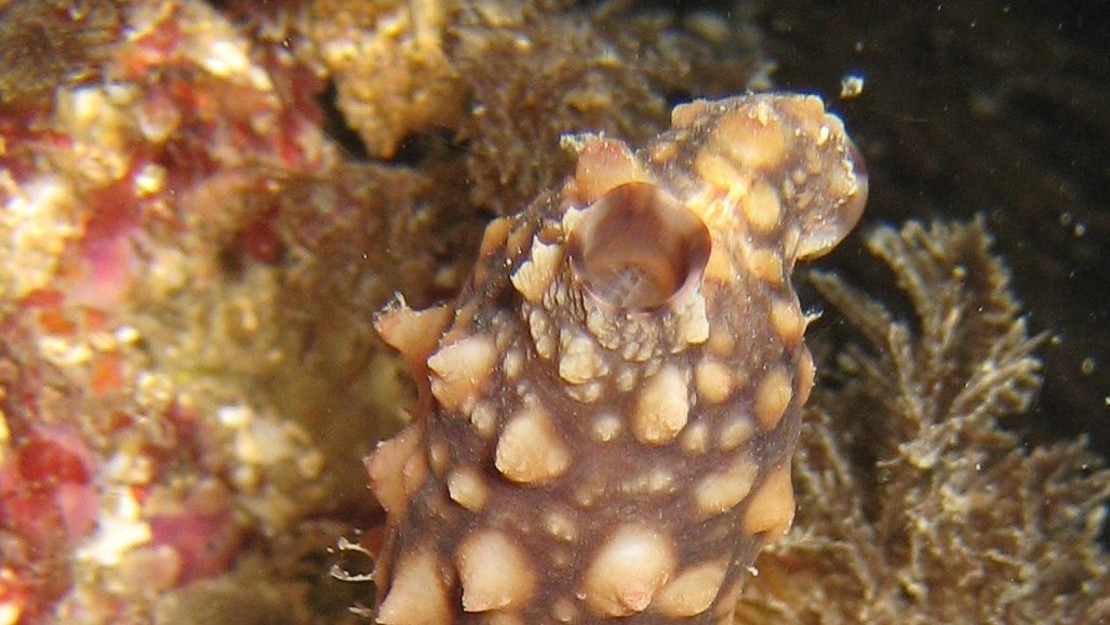Styela clava
Styela sea squirt
Also known as:
Clubbed tunicate, leathery sea squirt
Family: Styelidae
Origin: Northwest Pacific; Japan, Korea, China, Siberia

Regional Pest Management Plan (RPMP) status
- Whole region — Sustained control
General description
A large, brown, solitary sea squirt with a leathery appearance and wart-like projections. It has a long, club-shaped body and uses a short, tough stalk to attach to hard artificial or natural surfaces.
What you need to know
To help protect our environment:
- you must not breed, distribute, release or sell any Styela sea squirt within the Auckland region
- you must ensure that the level of fouling on the hull and in niches of your water craft does not exceed ‘light fouling’ if you’re in charge of any craft in the Auckland region
- you must ensure that it is free of all ballast water, bilge water, holding tank water or sea water held in any other container when entering any marine body from the land if you’re in charge of any craft in the Auckland region .
Habitats
Most commonly found at depths of less than 25m but has been observed at 40m deep. It is frequently transported as biofouling on vessels and other mobile marine structures.
Impact on environment
The Styela sea squirt can multiply rapidly and form dense colonies, competing with native and important filter feeders for space and food. This can disrupt native ecosystems and may impact upon the mauri of the moana. The Styela sea squirt can also add significant maintenance costs to marine structures and vessels through its fouling behaviour.
Control
Management
Before moving your boat or other craft to new locations, make sure the hull, anchor chain and all other equipment on board is clean and free of marine pests or other fouling. Think about where you’re taking on or releasing ballast, bilge or holding tank water, or water in any other container such as chilly bins, to avoid spreading marine pests.
For more information on Styela sea squirt and how to avoid spreading them, please visit Prevent pests from spreading or contact Auckland Council at pestfree@aucklandcouncil.govt.nz.



